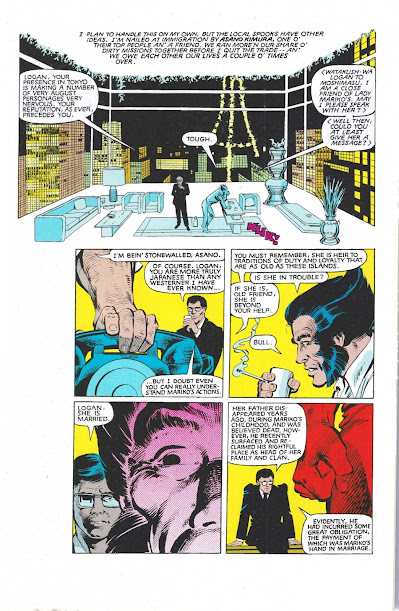Sequential Storytelling in India: Pioneers and Flag-bearers #1 - Indrajal Comics
Although the Indian comic book industry really started booming in the late 80s, comic books had already made an entry in India well before that. The most significant publisher from this era is the 'Indrajal Comics'.
Launched in 1964 by a huge publisher belonging to The Times Group, they started reprinting the stories of King Feature Syndicate's characters. They are often credited with introducing the first western superheroes to Indian readers. The most popular among these characters were Phantom the Walking Ghost, Mandrake the Magician, Buzz Sawyer and Flash Gordon.
Anurag Jawale
The Phantom, in fact, became so popular that to date he remains one of the most identifiable superheroes in India beating even the giants like Superman and Spiderman. The word 'Phantom' has been amalgamated in many Indian languages and is used synonymously for someone who is brash, bold and brazen.
Along with foreign superheroes, they also started publishing the original stories of Indian characters like Bahadur. Bahadur was created by the legendary cartoonist Abid Surti and is arguably the first Indian superhero. Bahadur's stories were deeply rooted in rural India where he mostly used to fight dacoits and help police.
Indrajal used to publish comics in giant magazine size format. Each issue contained two to three stories. Page count in earlier issues used to vary from 20-28 but was later standardized to 32. This standardization continued with the other publishers that followed although the size was reduced.
They deserve special credit for printing comics in the regional languages of India. Apart from English and Hindi, they started printing in Marathi, Gujrati, Bengali, Kannada, Tamil and Malayalam languages. This helped the reach of comic books to the remotest parts of India.
After publishing for more than 26 years, the publication was cancelled in 1990 which ironically was the most fruitful time for the comic book industry. Nonetheless, Indrajal Comics has influenced many latter-day writers, artists and publishers thus starting the comic book culture in India.



Comments
Post a Comment